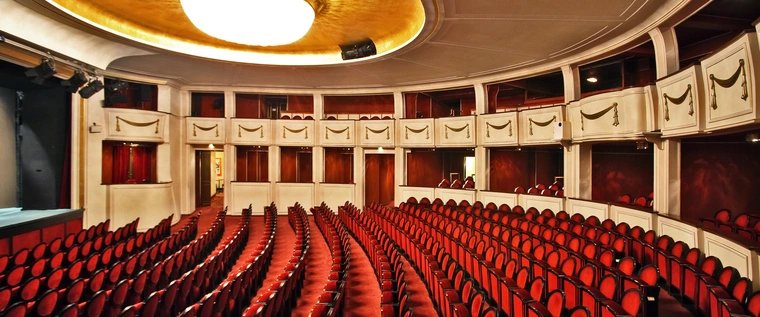
On social media, people present themselves to the world and can claim to be whoever they want to be, escaping reality like Peer Gynt. Director Joanna Praml explored the dangers and opportunities of digital selves with young people from Dresden. The young ensemble follows Peer's trail into fantastic parallel worlds and in his search for self-discovery.
(IN GERMAN)
Additional information
Participating artists
Lena Iversen (Dramaturgie)
Joanna Praml (Regie und Text)
Maximilian Rothe (Lichtdesign)
Christina Schlögl (Dramaturgie)
Inga Timm (Bühne und Kostüme)
Dorle Trachternach (Text)
Hajo Wiesemann (Musik)
Henrike Herz
Konrad Neidhardt
Alma Maria Orlamünder
Anton Petzold
Moritz Rogner
Antonia Rosching
Joshua Samaga
Peer Samuelsson
Luisa Wiesener
Eva-Lotta Wuttke
Dates
May 2025
| Mo | Tu | We | Th | Fr | Sa | Su |
|---|---|---|---|---|---|---|
1
|
2
|
3
|
4
| |||
5
|
6
|
7
|
8
|
9
|
10
|
11
|
12
|
13
|
14
|
15
|
16
|
17
|
18
|
19
|
20
|
21
|
22
|
23
|
24
|
25
|
26
|
27
|
28
|
29
|
30
|
31
|



